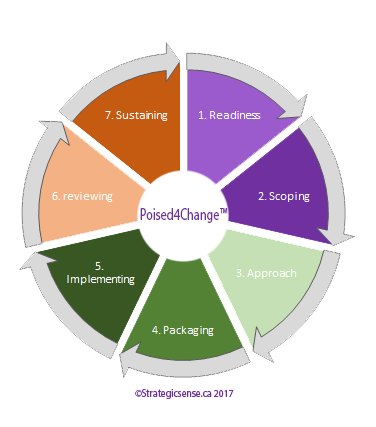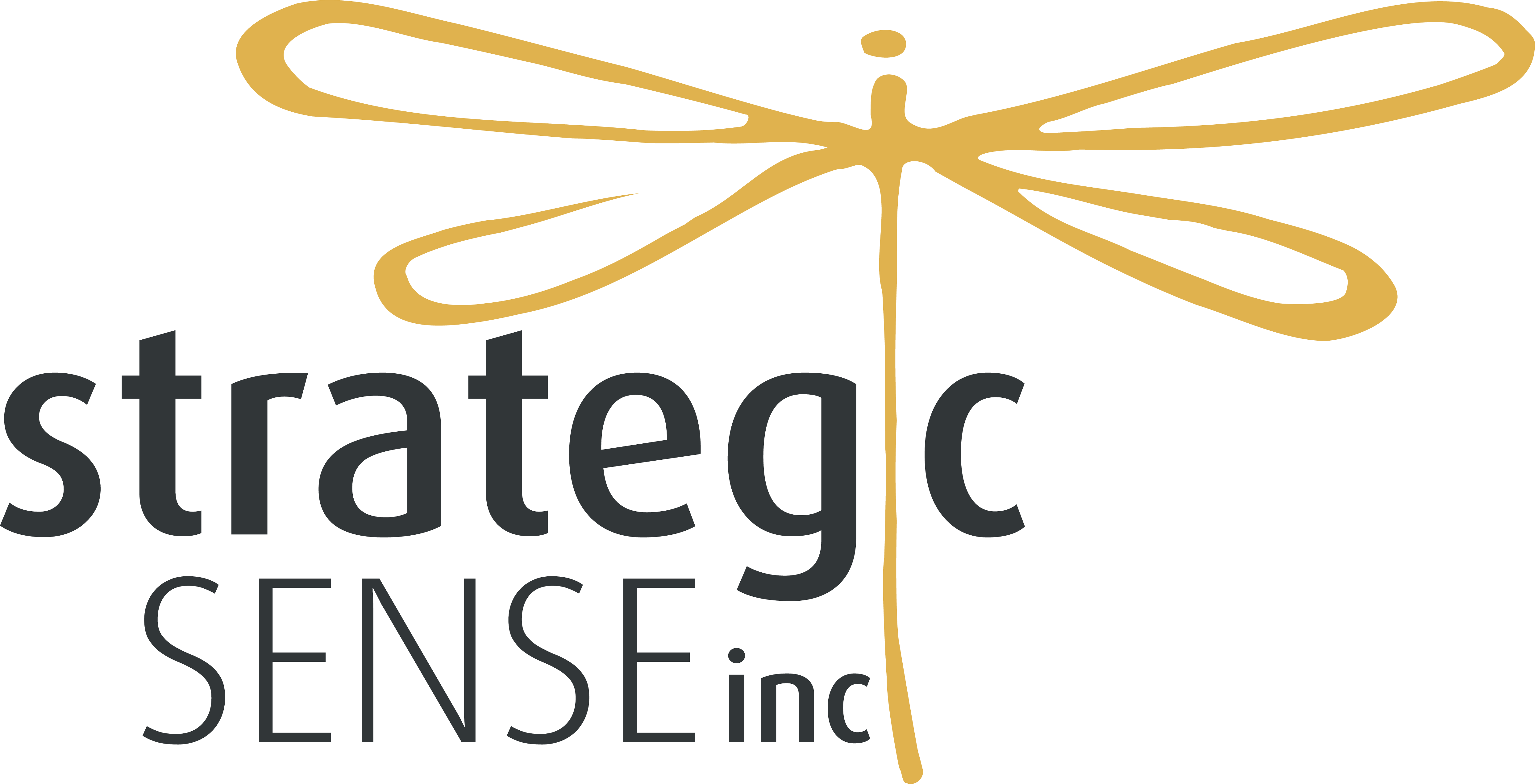 In Project management, just like a great story, there are three main stages.
In Project management, just like a great story, there are three main stages.
- Start (setting, characters, goal) PMI – initiating
- Do (plot and climax) PMI – planning, executing, monitor & control
- Finish (discovery, how the hero is changed) PMI – Closing
Many companies see change management as a “doing” activity, where you bring a change management resource (OCM lead) in at the execution phase of the project. The OCM lead is then asked to “smooth things over” or “make it nice” for the people.
Typically, this means – plan the training and communications at the lowest cost possible to the project. Likely, the project wasn’t resourced to include a fully baked change program, to begin with. All good stories are about the people.
I could list a hundred reasons for the fallacy around this thinking and why OCM needs to be included from Start to Finish, (or as we like to call it, Readiness to Sustainability) but I will only list a couple here:
- It is not about the technology, it is about how the technology is utilized, used, and being implemented to create efficiency and productivity. That is all about the people.
- The technology does not install itself, a team of people does, the integration efforts are also about people. OCM applies to the group making the changes as much as it does to the end-users being implemented.
- People are messy. They come with different viewpoints, challenges, aspirations, desires, experiences, and talents, then you throw them into a room to make the change and you choose not to manage that dynamic from the human side and stand firm it is only a technical exercise.
By the time your project is in execution mode, or just prior to execution, it is too late to start the OCM story, so the OCM lead is forced to do what they can with the little they have to work with. This costs the company in many areas:
- The time to build awareness and pre-training has been lost.
- Team engagement does not occur, increasing risk and resistance.
- Gaps in knowledge and understanding for isolated project streams.
- Minimal training opportunities, leading to poorly utilized software solutions.
- Limits the communications to emails that are likely ignored.
- Drop in user efficiency and proficiency.
- Poor hand-over to final owners of the solution.
I could go on, but those are key to the success of a project. One might argue that the people will make their way through it so why add dollars to the cost of your project?
Because you can spend the money in resources during the project, or you can spend much more AFTER the project closes in support and productivity loss.
Having a people change strategy with an OCM who partners with the Project Manager from readiness to sustainability will save you money. Maybe not in the project budget itself, but it definitely will through sustainability.
An OCM lead should be there through the whole story to:
- Help develop the desired state (what is the goal?)
- Build the vision and benefits (visualize the goal and why it is important)
- Better understand the stakeholders (build out character understanding and how changes impact their lives)
- Properly build the awareness plan long before execution (know the plot and what the characters will do about it)
- Keep the technical streams engaged and fully aware of their actions on impact events. (technical solutions people are not always aware that even small changes are impacts.)
- Gain agreement from stakeholders about the roll-out of the solution (all protagonists need supportive actors)
- Empower the support team through the development of DIY troubleshooting collateral (discovery of a new normal)
- Develop hand-over packages that provide a clear understanding of how people will do things differently from now on. (conclusion)
Every OCM has the potential to transform how you make change happen if they are brought in and are given the ability to positively impact the success of your projects. They are crafters of a new story, writers of a new direction and will save you dollars in the long run. Not to mention, they will contribute to the ROI of this technical investment you have made.
One way to determine if your company is flexible enough to be ready to change is to better understand the company’s change maturity level. Prosci has an easy chart to determine this:

At which project stage does your company bring in Change Management resources?
Linkedin Articles on Change:
Project Engagement Can Drive Action
Outside Observations of a Project Failure
Your Grand Investment and Why it Fails
[PostFooterP]
